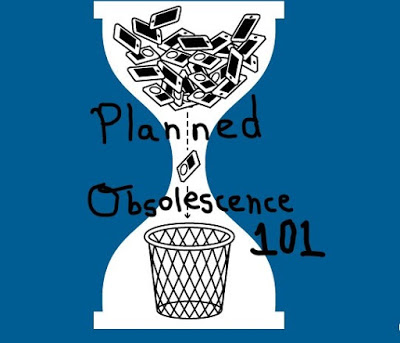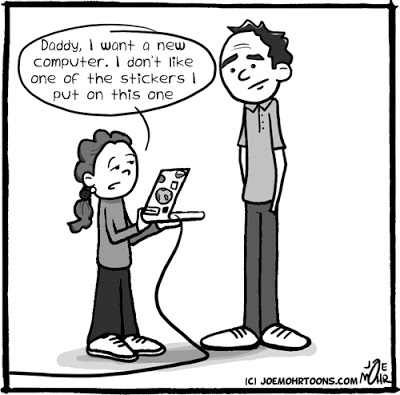Hey earth muffins! Today I wanted to talk about a topic that I have noticed much more during my journey towards living zero waste: planned obsolescence. 🤔 Let’s jump right into it!
 |
| Pin to read later! |
What is Planned Obsolescence?
“Planned obsolescence” is the term used when goods are produced in a way that will become obsolete in the near future (usually about 2 – 4 years). This requires the consumer to replace the good when it becomes obsolete. Some examples of planned obsolescence make sense; in fashion, nylons are going to run after a certain point and will need replacing. However, planned obsolescence has become more prevalent and is often used by companies to maintain revenues across the years. Think about Apple: their iPhones only last a few years when more sturdy phones could actually last decades.
Why is Planned Obsolescence bad?
Let me make this clear – not all forms of planned obsolescence are bad. Often times, this practice can help with technological improvements. But, there are many negatives as well:

What can you do to avoid Planned Obsolescence?
1. Only buy the best of the best: Do research before buying products to make sure they will last you a long time. Many brands advertise that their products last a lifetime because they actually might! Definitely prioritize supporting brands that make these higher quality items.
2. Repair it instead of buying new: I’ve personally had my iPhone 6 since junior year in high school instead of forking out money to purchase the latest and greatest iPhones. It does what I need it to do (text and call people, check email, etc.) so that is good enough for me!
3. Don’t buy into everything advertisements are trying to sell you: Trying to live sustainably has really helped me on this one, as it is easy for me to refuse products that I don’t need and won’t last.
4. Buy used or antique: How many times have you seen your grandma use an old cooking dish from the 60’s? Those goods were always made to last so try to buy those instead!
What are your thoughts on planned obsolescence?
Love,
Jenna ♥





What an interesting topic. I didn't know much about this so it was certainly interesting to learn more so I can be more thoughtful about my purchases in future.
the-creationofbeauty.blogspot.com